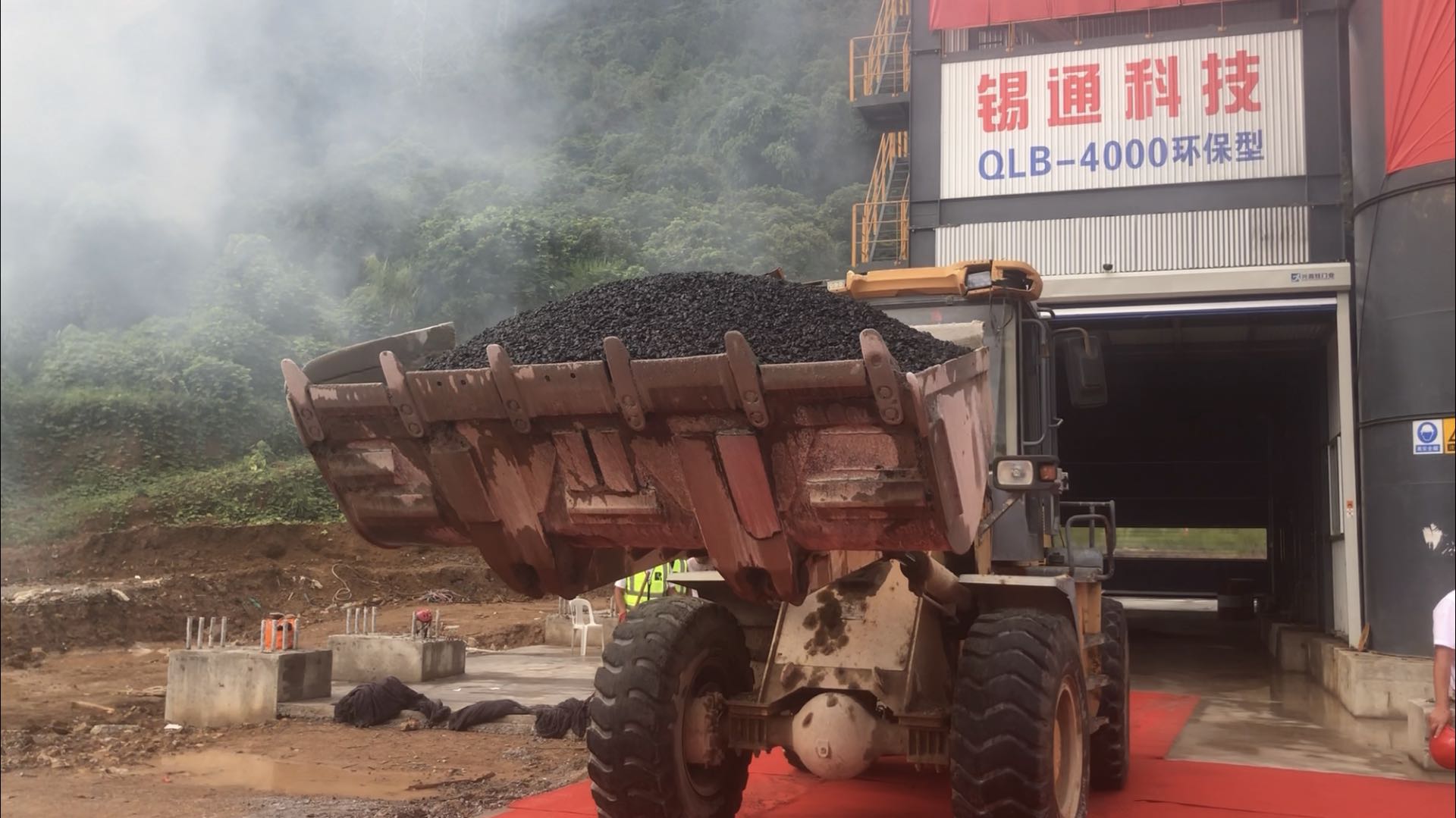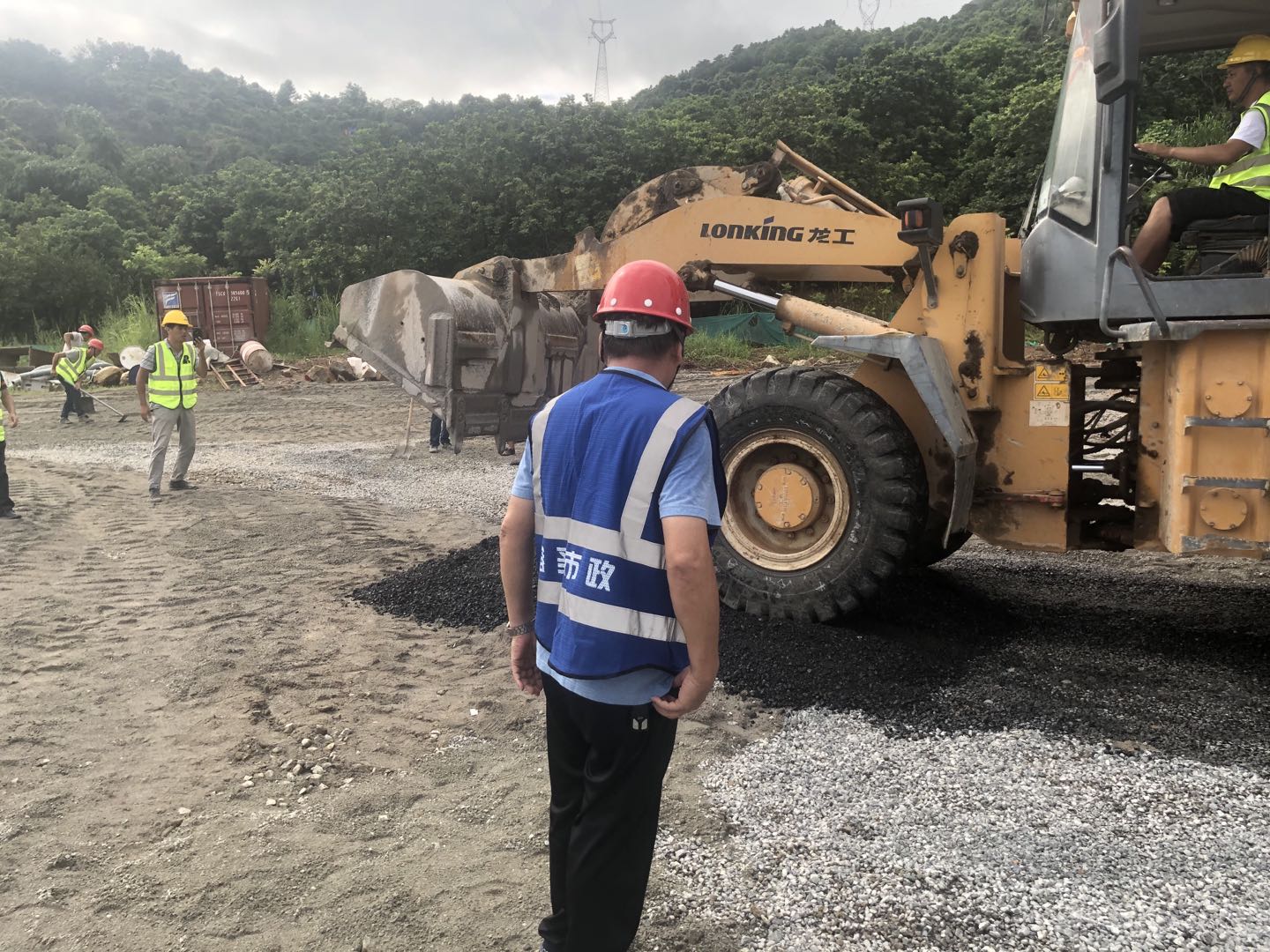The quality of the asphalt mixture produced by the Asphalt Concrete Mixing Plant is mainly reflected in its indicators-stability and flow value. The stability and flow value reflect the stability and anti-deformation ability of the mixture at high temperatures, which in fact reflect an index of the material strength of asphalt concrete and its deformability after formation. Therefore, we should control the quality of the mixture from the following main aspects.

1 Mineral material (ie aggregate)
Coarse aggregates are crushed stones with a particle size of 2.36-25mm, which need to be interlocked by aggregate particles on the concrete surface to provide stability and resist displacement through friction. This requires its mechanical properties to meet the technical requirements of asphalt concrete, and have a certain shape (shape affects concrete density, high temperature stability and pavement structure strength). The coarse aggregate is required to be a cube particle with rough surface and corners after crushing, and the content of needle-shaped aggregate is low, and there is higher internal friction between the aggregates.
2 Fine aggregate
Fine aggregate refers to broken rocks with a particle size of 0.075~2.36mm. The ore ballast and mineral powder must be clean and free of clay and other harmful substances. There should be possible edges and corners to increase and reduce the interlocking effect between particles. Porosity between aggregates increases the stability of the mixture.

3 Asphalt
Before use, check whether the various indexes of asphalt meet the technical requirements of traffic petroleum asphalt, including penetration, strength, softening point, flash point, melting degree, wax content, and film oven heating test indexes.
The asphalt label should be selected according to the local climate. The higher the asphalt label, the greater the penetration and the lower the asphalt consistency. The lower the temperature is, the better the low-temperature crack resistance of the road constructed in this way, but the poorer the high-temperature stability. Generally, different types of asphalt are selected according to the different layers, and the surface layer should be thinner to improve the crack resistance of the surface layer. The middle and lower layers use thicker asphalt to improve their rutting resistance. The higher the consistency of the asphalt, the higher the penetration PI index, and the stronger the high temperature stability and rutting resistance of the pavement, but the poor thermal crack resistance. Therefore, various modifiers can be added to petroleum asphalt during construction to improve the high temperature stability and low temperature crack resistance of asphalt pavement. The wax content should also be controlled below 3%. If the wax content is too high, it will affect the high temperature stability and low temperature crack resistance of the road surface, as well as the adhesion of the asphalt.
4 Control of mix ratio
The design of the target mix ratio should be selected from repeated tests. After the quantity of each grade is determined, a Marshall test is carried out to determine the optimal asphalt dosage, thereby determining the proportion of each specification silo. After the feeding time sequence, the heated new mineral material and the filling material are mixed in dry condition in the mixing tank, and then discharged from the discharge port, and then the mixed material is screened, and the silo and filling material of various specifications are adjusted. Until the error between the critical sieve pass rate and the median value of the target gradation range is within the specified value.
Copyright:@2020-2021
Comments Please sign in or sign up to post.
0
0 of 500 characters used